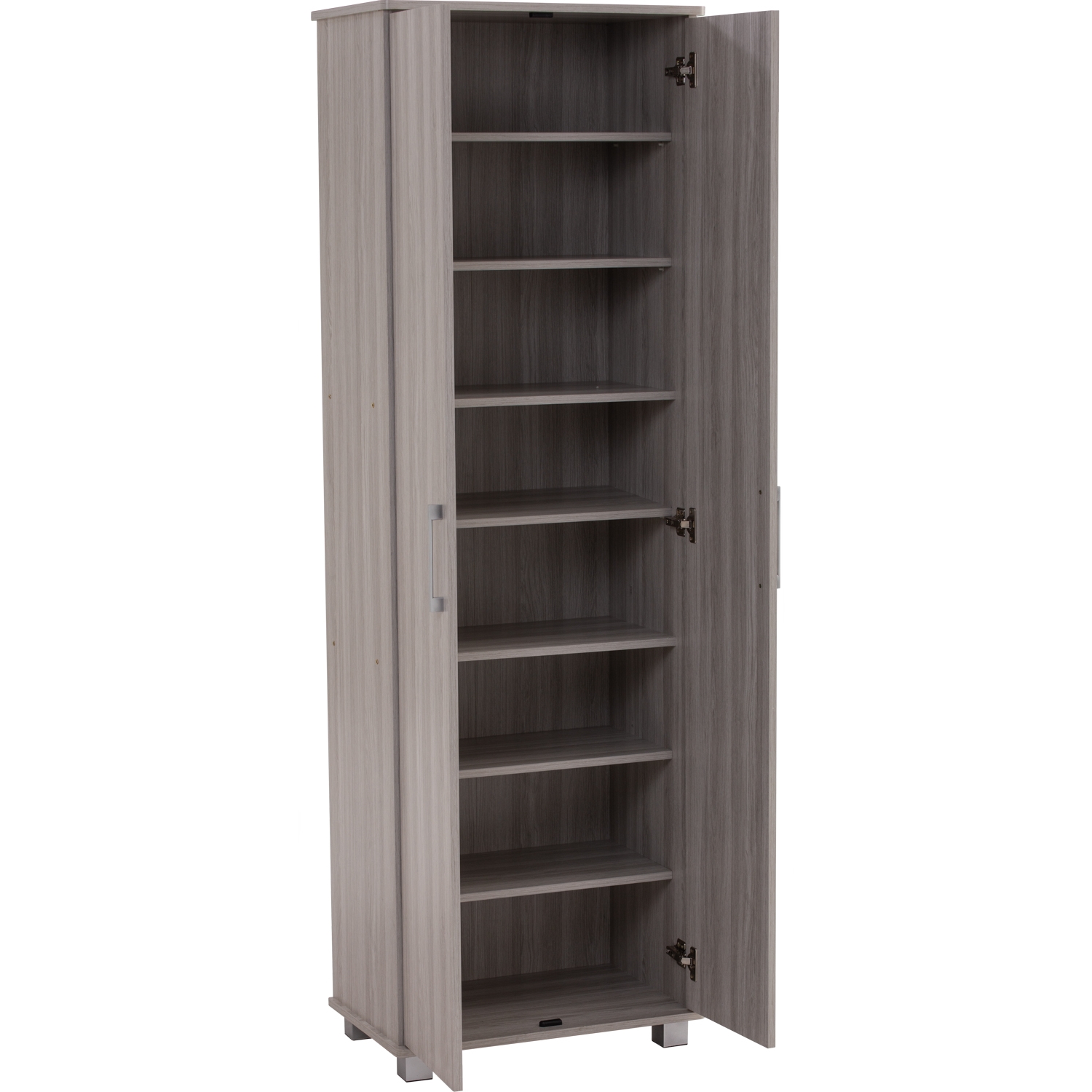Product Overview: Vertical Pull-Out Shoe Cabinets: Vertical Pull Out Shoe Cabinet

Vertical pull-out shoe cabinets offer a stylish and space-saving solution for organizing footwear, maximizing storage in even the smallest of entryways or closets. These cabinets cleverly utilize vertical space, transforming often-underutilized areas into efficient storage solutions. Their design varies widely, catering to different storage needs and aesthetic preferences.
Design Features and Functionality
Vertical pull-out shoe cabinets come in a variety of designs, each offering unique features. Some models feature multiple tiers of pull-out shelves, allowing for easy access to shoes without having to rummage through piles. Others incorporate clear acrylic or mesh panels for easy shoe identification. Dimensions vary considerably; expect widths ranging from 12 inches to 36 inches, depths from 10 to 15 inches, and heights from 36 to 72 inches, depending on the model and intended storage capacity. Materials commonly used include durable particleboard, MDF (medium-density fiberboard), and solid wood, often with a laminate finish for easy cleaning and increased durability. Some high-end models might use bamboo or other sustainable materials. Many cabinets include features like soft-close mechanisms for smooth and quiet operation, preventing accidental slamming.
Storage Capacities and Organization Methods
The storage capacity of a vertical pull-out shoe cabinet depends significantly on its dimensions and internal design. Smaller models might hold 10-15 pairs of shoes, while larger ones can accommodate upwards of 30 pairs or more. Organization methods vary; some models feature simple shelves, ideal for storing shoes in rows. Others incorporate dividers or specialized compartments for different types of footwear, such as boots or heels. Some advanced designs may even include adjustable shelves, allowing users to customize the interior space to fit their specific needs. The organization method directly impacts both storage capacity and ease of access. A well-organized cabinet with appropriate dividers will make finding specific pairs much simpler and prevent shoes from being crushed or damaged.
Installation Process
Installing a vertical pull-out shoe cabinet is generally a straightforward process. Most models come with pre-assembled components and detailed instructions. Common tools required typically include a screwdriver (Phillips head and possibly flathead), a level, a drill (sometimes), and possibly a stud finder for wall mounting. The process usually involves attaching mounting brackets to the wall, carefully aligning and securing the cabinet to the brackets, and then adjusting the shelves (if adjustable) to accommodate the user’s footwear collection. For particularly heavy cabinets or those being installed in areas with less-than-ideal wall structure, using wall anchors is highly recommended to ensure stability and prevent damage. Following the manufacturer’s instructions meticulously is crucial for a successful and safe installation.
Comparison of Different Models
The following table compares four different vertical pull-out shoe cabinet models, highlighting key features:
| Model | Price (USD) | Material | Dimensions (W x D x H in inches) | Weight Capacity (lbs) |
|---|---|---|---|---|
| Model A | $150 | Particleboard with laminate | 12 x 10 x 36 | 50 |
| Model B | $220 | MDF with melamine | 18 x 12 x 48 | 75 |
| Model C | $300 | Solid wood (pine) | 24 x 14 x 60 | 100 |
| Model D | $400 | Bamboo | 30 x 15 x 72 | 150 |
Maintenance and Care Tips

Keeping your vertical pull-out shoe cabinet looking its best and functioning smoothly requires regular care. The specific maintenance will depend on the materials used in its construction. Following these simple steps will ensure your shoe cabinet remains a stylish and practical addition to your home for years to come.
Cleaning and Maintaining Different Materials
Proper cleaning methods vary depending on the cabinet’s material. Understanding these differences is key to preventing damage and preserving its appearance.
- Wood Cabinets: Dust regularly with a soft, dry cloth. For more thorough cleaning, use a slightly damp (not wet) cloth with a mild wood cleaner or a solution of warm water and a few drops of mild dish soap. Always wipe dry immediately to prevent water damage. Avoid harsh chemicals or abrasive cleaners. For stubborn stains, consult a professional furniture restorer.
- Metal Cabinets: Metal cabinets are generally easy to clean. Wipe down with a damp cloth and a mild detergent. Dry thoroughly to prevent rust or corrosion. For more resilient finishes, a slightly abrasive cleaner might be acceptable, but always test it in an inconspicuous area first. Avoid abrasive scouring pads, which can scratch the surface.
- Plastic Cabinets: Plastic cabinets are very low-maintenance. Simply wipe them down with a damp cloth and mild soap. They can usually withstand more robust cleaning solutions than wood or metal, but always refer to the manufacturer’s instructions for specific cleaning recommendations.
Addressing Common Issues, Vertical pull out shoe cabinet
Even with proper care, some issues might arise. Knowing how to handle them promptly can prevent further damage.
- Sticky Drawers: Sticky drawers are often caused by dust, debris, or humidity. Remove the drawers and clean the tracks thoroughly with a soft brush and a damp cloth. Apply a thin layer of silicone-based lubricant (like furniture polish) to the tracks, avoiding excessive application. This should restore smooth operation.
- Damaged Components: Minor damage, such as a loose screw or a chipped corner, can usually be repaired with simple tools. For more extensive damage, consult a professional repair service or contact the manufacturer. Attempting complex repairs without the necessary skills could lead to further damage.
Preventing Damage and Ensuring Longevity
Proactive measures significantly extend the life of your shoe cabinet.
Avoid overloading the drawers, which can put strain on the tracks and cause damage. Regularly inspect the cabinet for any signs of wear and tear and address them promptly. Keep the cabinet away from direct sunlight and extreme temperatures, as these can cause warping or fading. Proper ventilation around the cabinet will help prevent moisture buildup.
